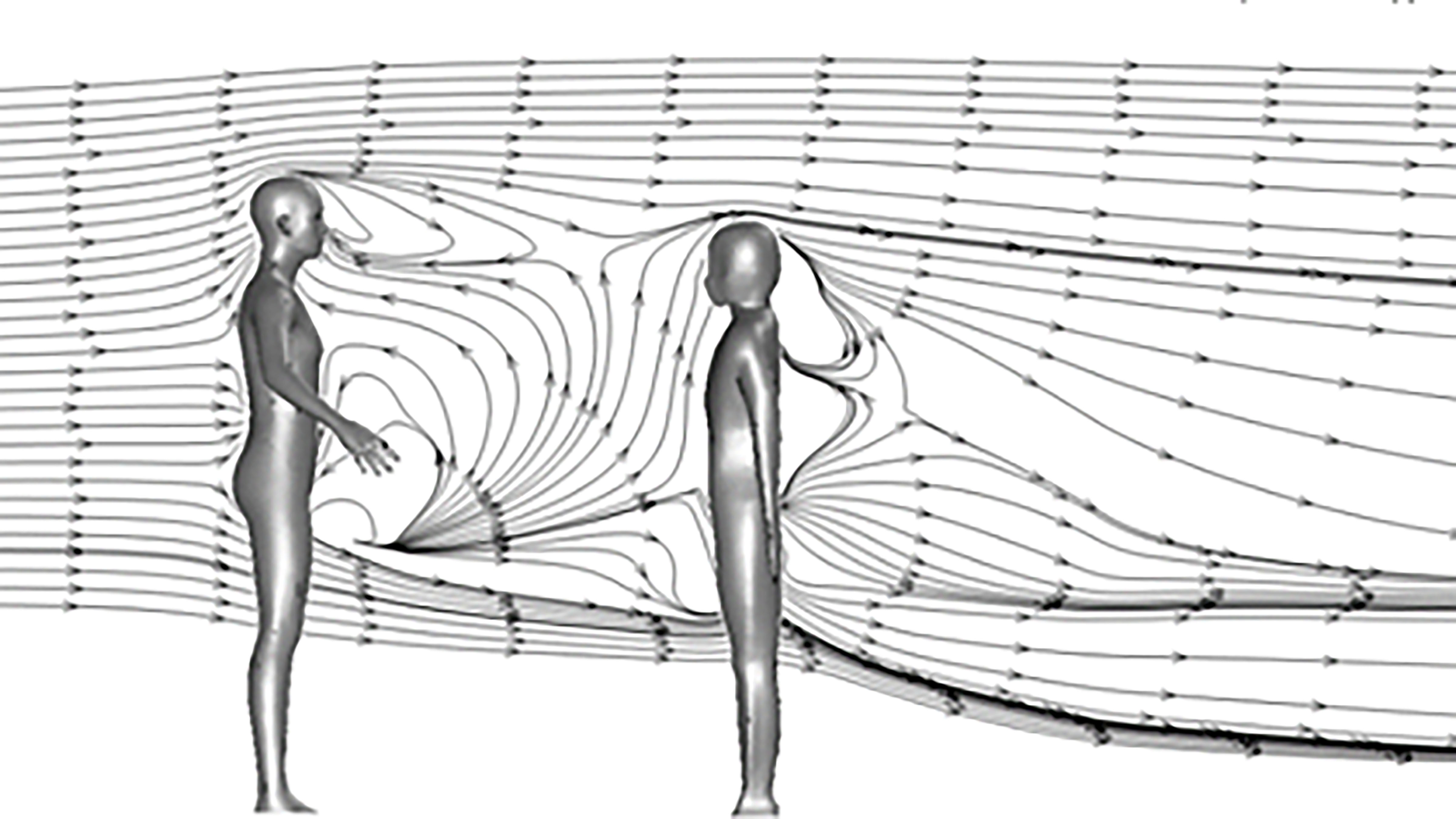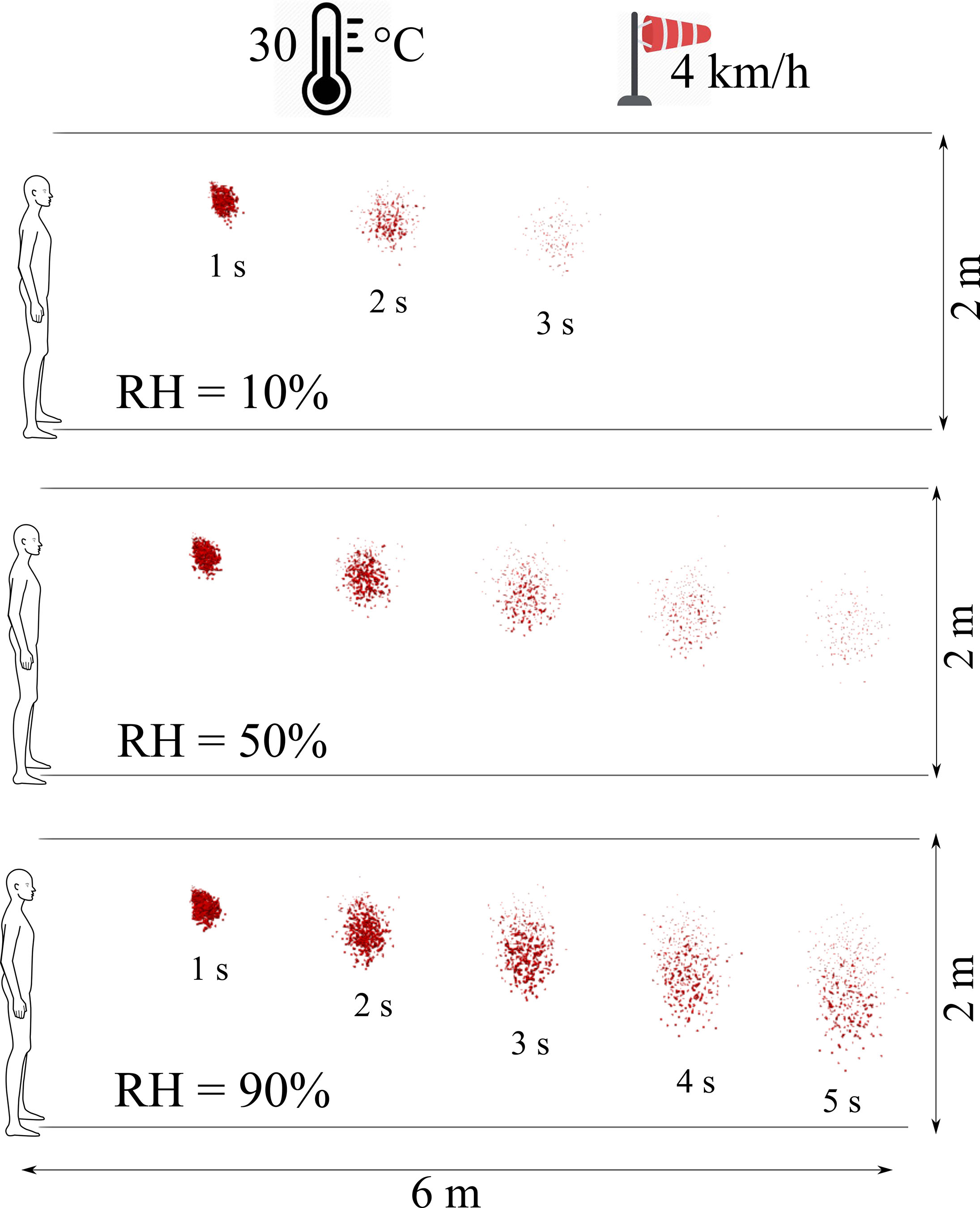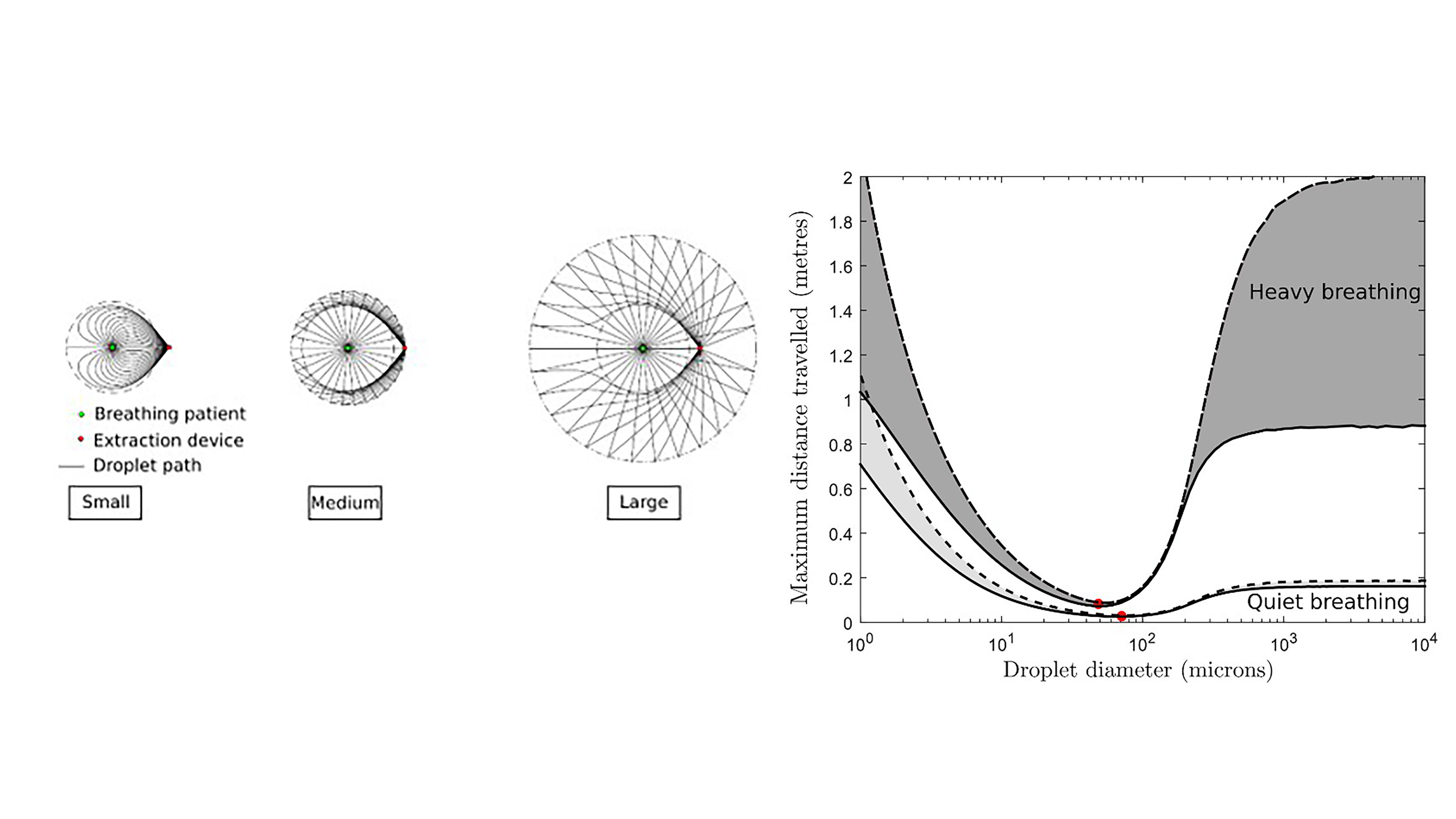Researchers at Washington University in St. Louis led by Randall Martin investigated global particulate matter, revealing health risks from trace elements.
Tag: Airborne
Common Environmental Pollutants Damage Mucus Structure, Function
In Biophysics Reviews, researchers review recent scientific literature about the effects of particle contaminants on the mucosal system, an internal membrane that serves as the body’s lubricant and the first line of defense from infections and toxins. These data establish a clear link between exposure to airborne or waterborne particulate matter and several health conditions.
Rutgers Expert Available to Discuss Coronavirus Risks a Year After Lockdowns Began
New Brunswick, N.J. (March 11, 2021) – Rutgers University–New Brunswick Professor Donald W. Schaffner is available for interviews on the likelihood of becoming infected by the SARS-CoV-2 coronavirus via shopping, groceries, surfaces and airborne/aerosol transmission after a year of lockdowns due to the global pandemic.…
Higher Pollen Levels Correlated With Increased Coronavirus Infection Rates
New Brunswick, N.J. (March 9, 2021) – Rutgers University–New Brunswick allergy specialist Leonard Bielory is available for interviews on a study he co-authored that correlates higher airborne pollen concentrations with increased SARS-CoV-2 infection rates. High-risk individuals should wear particle filter…

Tracking Flight Trajectory of Evaporating Cough Droplets
The ongoing COVID-19 pandemic has led many to study airborne droplet transmission in different conditions and environments, and in Physics of Fluids, researchers from A*STAR conducted a numerical study on droplet dispersion using high fidelity air flow simulation. The scientists found a single 100-micrometer cough droplet under wind speed of 2 meters per second can travel up to 6.6 meters and even further under dry air conditions due to droplet evaporation.
Rutgers Expert Available to Discuss Coronavirus Risk from Surfaces, Groceries, Food, Airborne Exposures
New Brunswick, N.J. (Oct. 26, 2020) – Rutgers University–New Brunswick Professor Donald W. Schaffner is available for interviews on the likelihood of getting infected by the SARS-CoV-2 coronavirus via surfaces, groceries, eating food and airborne/aerosol transmission. “Current evidence still indicates that risk from surfaces remains…

Evaporation Critical to Coronavirus Transmission as Weather Changes
As COVID-19 cases continue to rise, it is increasingly urgent to understand how climate impacts the spread of the coronavirus, particularly as winter virus infections are more common and the northern hemisphere will soon see cooler temperatures. In Physics of Fluids, researchers studied the effects of relative humidity, environmental temperature, and wind speed on the respiratory cloud and virus viability. They found a critical factor for the transmission of the infectious particles is evaporation.

Droplet Spread from Humans Doesn’t Always Follow Airflow
If aerosol transmission of COVID-19 is confirmed to be significant, as suspected, we will need to reconsider guidelines on social distancing, ventilation systems and shared spaces. Researchers in the U.K. believe a better understanding of different droplet behaviors and their different dispersion mechanisms is also needed. In Physics of Fluids, the group presents a model that demarcates differently sized droplets. This has implications for understanding the spread of airborne diseases, because the dispersion tests revealed the absence of intermediate-sized droplets.